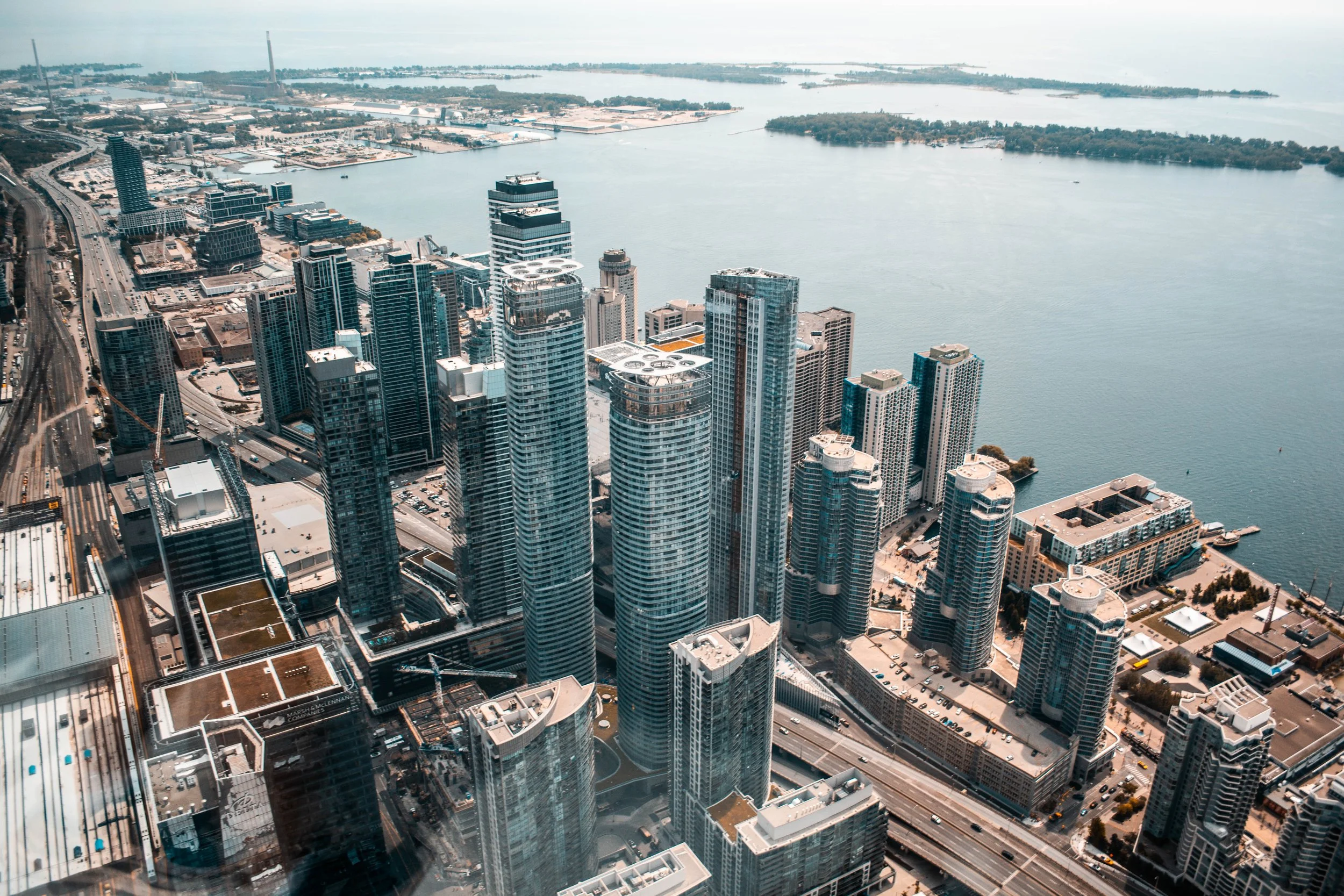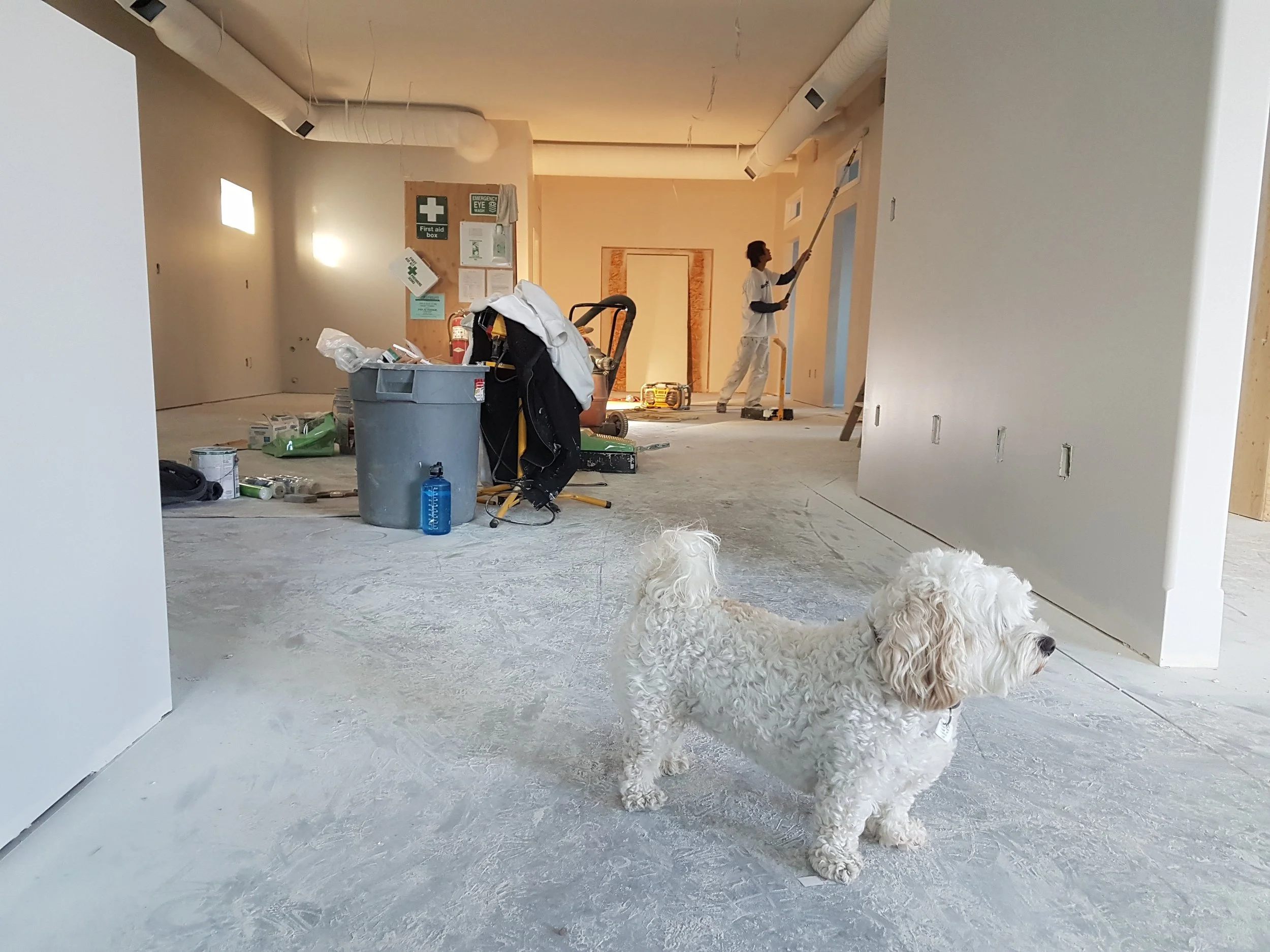5 Warning Signs of a Bad Condo
As a condo buyer, it’s important to understand what you’re buying into. The list below describes 5 red flags to look out for when purchasing a condo.
1 - Issues in the status certificate
I always make sure to ask for a status certificate on behalf of my clients before finalizing their purchase, as it speaks to the financial, legal and structural integrity of a building. It’s also predominantly generated by unbiased third-party interests, such as lawyers, accountants and engineers.
On occasion, the status certificate will highlight some issues that just can’t be ignored. For example, a condo may have pending lawsuits or a reserve fund that’s unusually low. It could even have what’s known as a ‘special assessment,’ which is a euphemistic term used when a building needs money to address a problem, but doesn’t have enough in the reserve fund to cover the costs — so the owners must pay a set amount to make up for the shortfall. While this may sound a bit worrisome, it’s worth noting that special assessments are quite rare.
Case in point: be sure you’ve had a lawyer carefully review the status certificate before finalizing your purchase.
2 - Amenities always under construction
It’s frustrating when a condo’s gym is constantly ‘closed for renovations’ or a swimming pool is unusable because it’s always under repair. Your condo maintenance fees go toward the maintenance and upkeep of these amenities and you shouldn’t be paying for building features you’re never able to use. If you notice that a condo’s amenities are being repaired regularly, ask your agent to find out if there’s something more going on — this could be a sign of poor building management.
3 - Deteriorating maintenance items
Number 3 on this list builds on the previous point: damaged common areas, out-of-service elevators and understaffed security are all signs that a condo needs attention. Is management just slow to act, or are things crumbling because there’s little money left in the reserve fund?
A well-managed and maintained building should feel a bit like a hotel: everything is clean and orderly. With older buildings, cosmetic upgrades to the common areas should be made every 10 - 15 years, which might include new corridor flooring, light fixtures being replaced, or a fresh coat of paint or wallpaper.
A quick way to assess the quality of management in a building is by looking out for any bulletins posted in the elevators or mail room. For example, if you see a note stating that a unit on the 14th floor is undergoing a renovation for a week and apologizing for any excessive noise, that’s an encouraging sign that management is taking an active role in serving the condo community.
4 - High rental-occupancy ratio
Many believe that a large proportion of renters in a condo can affect the value of the units in a development. The jury’s still out as to whether or not this is true, however the general belief is that buildings with higher ownership rates tend to age better due to higher “pride of ownership.” In Toronto an average of approximately 35% of the units in any condo are occupied by renters. Though most renters in fact treat their homes as well as an owner typically would, I help concerned clients steer clear of buildings with higher than average rental ratios. This information can only be found in a condo status certificate, however a knowledgeable agent will know the condo developments and areas with higher rental populations.
5 - Unusually high number of resale units
Why are there so many units up for sale in a particular building? Could it be that all of the sellers are dissatisfied with the building, and they’re all trying to jump ship?
While this is not always the case, it’s always worth asking your realtor why a condo has an unusually high number of resale units.
If a building is under 5 years old, though, there will almost always be a higher than average turnover rate. Buyers who purchase into a new development years before the building is completed will often sell either immediately upon completion, or within a few years. Typically, this group consists of investors and buyers whose circumstances changed during the course of construction.
As a rule of thumb, it’s normal for about 2% to 3% of a building’s inventory to be up for sale at any given time. When a client tells me they’re interested in a particular condo, I always look at the resale trends because it can say a lot about the state of a building. If the number of available units are closer to 5%, I’ll want to have a chat with management and review the status certificate — ideally before submitting an offer.
With so many condos out there, it can be difficult to separate the good from the bad. It’s important you hire an agent you can trust and who knows your local condo market intimately.
I hope this list has been informative! If you’re interested in purchasing a condo, I’d be happy to help you navigate Toronto’s condo market and find the right property.
If you’d like to start with a no-obligation discussion about your criteria or to book a showing, call me at 902-719-9121 or send an email to jenelle@strata.ca. I’m always happy to help!



